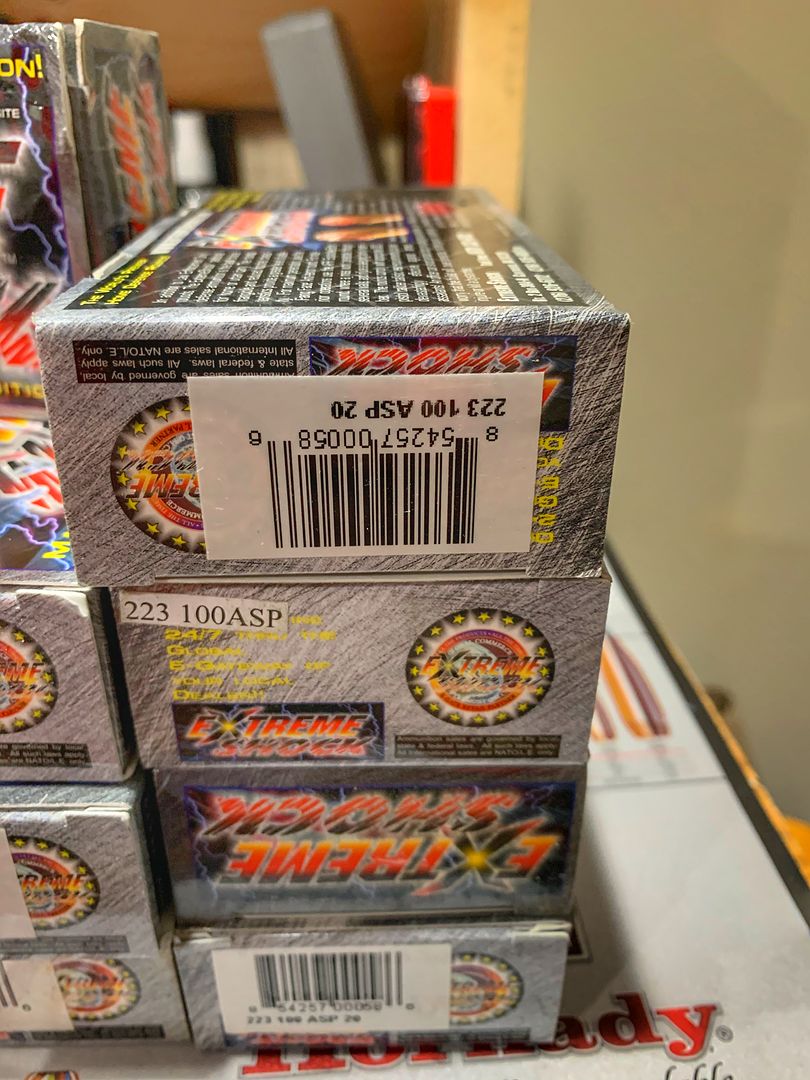
When you’re getting started, it pays to know some of the more ideal cartridges for utilizing subsonic loads as seamlessly as possible. 22 LR shooters have the wisest variety of subsonic options, with loads from just about every manufacturer.

308 bolt action is perfect for subsonics, but if you use them in a standard AR-10 they will be quiet, but you must cycle the action manually for every shot. Finally, understand that unless designed to function specifically with subsonics, many semi-autos will not cycle if the ammunition is simply loaded down. 460 end cap on the same suppressor with the same load and it’s much louder. For example, a 200 grain, 10mm subsonic load is very quiet with the correct end cap. An under-pressured subsonic cartridge may sometimes not quiet down well in an over-bored suppressor. 223), and they work great with supersonic loads, but a cartridge must generate enough gas pressure to pressurize the can in order to slow and quiet the gasses down. It’s common to use an over-bored suppressor (think. Another thing to consider is the suppressor itself. A few shots through paper are an easy way to verify stabilization. This can cause a baffle strike, causing serious injury and damage. Subsonic loads typically use heavier bullets that may not stabilize with some slower-twist barrels. The most important, is to verify that your gun is stabilizing the subsonic bullets before shooting them through a suppressor. If you’re dipping your toes into the world of suppressors and subsonics for the first time, there are a few things to be aware of when selecting your gun, cartridge, and suppressor. A bullet traveling below the speed of sound does not make that distinct sonic crack. At speeds above the sound barrier, the bullet itself creates a sonic boom, or in the case of bullets, a high-pitched crack, perceptible all along its flight path. Quite simply, subsonic ammunition is any cartridge that propels its projectile at a velocity that is below the speed of sound-approximately 1100 fps depending on atmospheric conditions and elevation.

Here are 10 things everyone should know about subsonics. So the time has come to try and clear up any confusion. There is plenty of misunderstanding about subsonics, what they do, and how you should use them. I’m referring to ammunition specifically crafted as subsonic, to be paired with rifles outfitted with a suppressor. Hand-in-hand with what could be called the suppressor enlightenment in the United States over the past decade, comes the rise of subsonic ammunition. They are subsonic down to 17 degrees F, regardless of elevation.We may earn revenue from the products available on this page and participate in affiliate programs. above 17 degrees F the % of rounds that would be supersonic decreases significantly. so that is 1 round out of 741 rounds would be expected to be supersonic at 17 degrees F. So 99.87% of his rounds will be subsonic at or above 17 degrees F. (1-.9973)/2 +.9973) =.99865(gives you half of the population outside of 3 sigma, being slower than 1050 fps will still be subsonic, so we only need to exlude half of the rounds outside of the majority) 17 degrees F has a speed of sound just over 1070 fps.

So based on the limited data given by the manufacturer (+/-10 fps) (i don't know how many samples to give adequate statistical analysis), but lets say the +/-10 fps is 3 sigma up or down, (also assuming normal distribution) which means 99.7% of all rounds will fall in the 1060 +/-10 fps range, so reality their rounds would be consistently subsonic at or below 1070 fps. It won't matter the elevation as temperature has the impact on speed of sound (humidity will have a small impact on speed of sound). the speed of sound at 8 degrees F is 1060 FPS. Those rounds would remain subsonic as long as the temperature is at 9 degrees F or warmer.


 0 kommentar(er)
0 kommentar(er)
